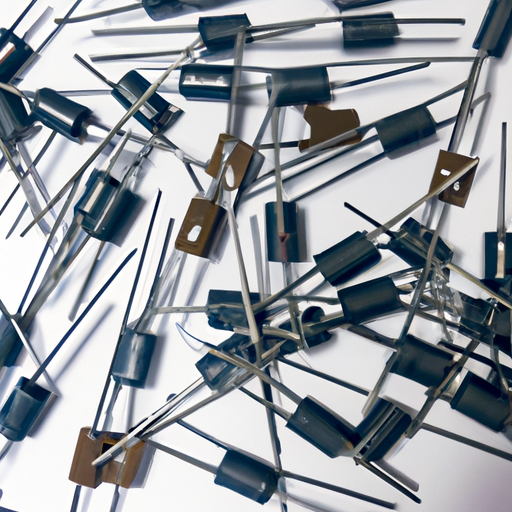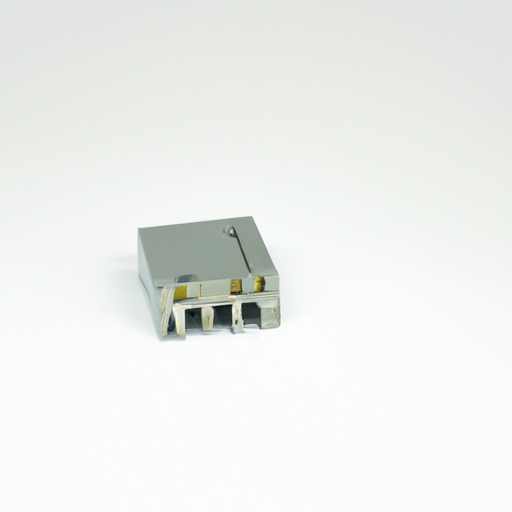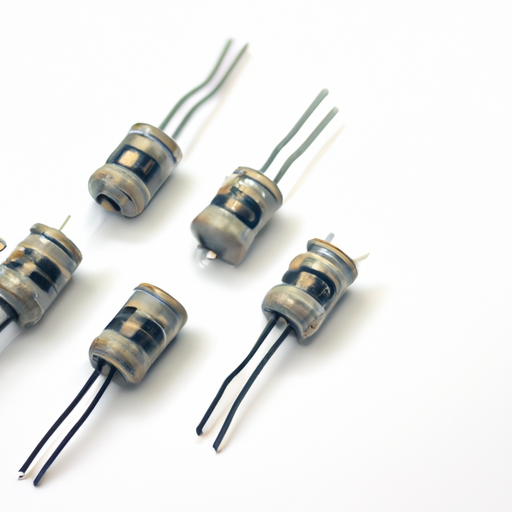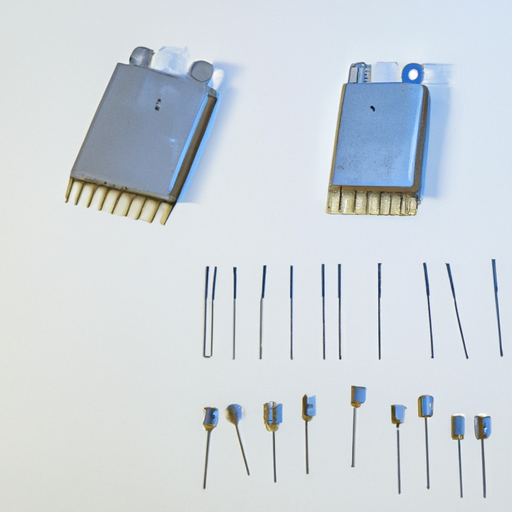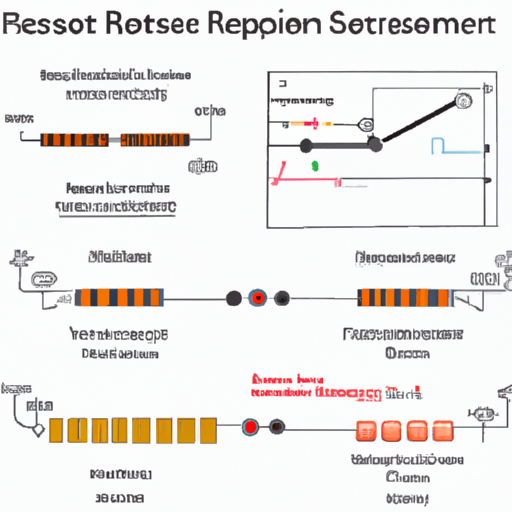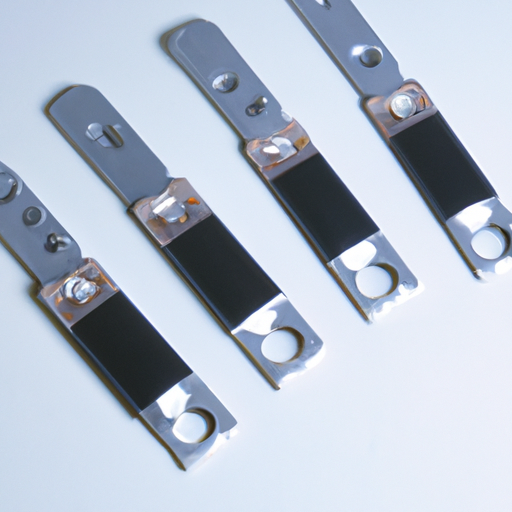What is a Metal Resistor?
I. Introduction
In the world of electronics, resistors play a crucial role in controlling the flow of electric current. Among the various types of resistors, metal resistors stand out due to their unique properties and applications. This article will delve into the definition of metal resistors, their construction, advantages, and limitations, as well as their significance in modern electronic devices. By the end of this exploration, readers will have a comprehensive understanding of what metal resistors are and why they are essential in electrical circuits.
II. Understanding Resistors
A. Basic Principles of Resistance
At the heart of electrical engineering lies the concept of resistance, which is the opposition to the flow of electric current. This principle is encapsulated in Ohm's Law, which states that the current (I) flowing through a conductor between two points is directly proportional to the voltage (V) across the two points and inversely proportional to the resistance (R) of the conductor. Mathematically, this is expressed as:
\[ I = \frac{V}{R} \]
Resistors are components designed to provide a specific amount of resistance in a circuit, thereby controlling the current flow and protecting sensitive components from damage.
B. Types of Resistors
Resistors come in various forms, each serving different purposes:
1. **Fixed Resistors**: These resistors have a constant resistance value and are commonly used in circuits where a specific resistance is required.
2. **Variable Resistors**: Also known as potentiometers or rheostats, these resistors allow users to adjust the resistance value, making them ideal for applications like volume controls in audio equipment.
3. **Specialty Resistors**: These include thermistors, photoresistors, and others designed for specific applications, such as temperature sensing or light detection.
III. What is a Metal Resistor?
A. Definition and Characteristics
A metal resistor is a type of resistor that utilizes metal as its primary material for resistance. These resistors are known for their stability, accuracy, and reliability. The most common types of metal resistors include:
1. **Metal Film Resistors**: These resistors are made by depositing a thin layer of metal onto a ceramic substrate. They offer high precision and low noise, making them suitable for applications requiring accurate resistance values.
2. **Metal Oxide Resistors**: These resistors are constructed using a metal oxide film, providing excellent thermal stability and reliability in high-temperature environments.
B. Comparison with Other Types of Resistors
When comparing metal resistors to other types, such as carbon resistors and wire-wound resistors, several differences emerge:
1. **Carbon Resistors**: Made from a carbon composition, these resistors are generally less expensive but have higher noise levels and lower stability compared to metal resistors.
2. **Wire-Wound Resistors**: These consist of a wire wound around a core and are known for their high power ratings. However, they can be bulkier and less precise than metal film resistors.
C. Advantages of Metal Resistors
Metal resistors offer several advantages:
1. **Stability and Accuracy**: They maintain their resistance value over time and under varying environmental conditions, making them ideal for precision applications.
2. **Temperature Coefficient**: Metal resistors typically have a low temperature coefficient, meaning their resistance changes minimally with temperature fluctuations.
3. **Noise Performance**: They produce less electrical noise compared to carbon resistors, which is crucial in sensitive electronic applications.
IV. Construction of Metal Resistors
A. Manufacturing Process
The manufacturing of metal resistors involves several steps:
1. **Material Selection**: High-purity metals or metal oxides are chosen for their desirable electrical properties.
2. **Fabrication Techniques**: The selected materials are processed using techniques such as sputtering or evaporation to create thin films of resistance material on a substrate.
B. Design Considerations
When designing metal resistors, engineers consider factors such as:
1. **Size and Shape**: The physical dimensions of the resistor can affect its performance and suitability for specific applications.
2. **Power Rating and Tolerance**: Resistors are rated for the maximum power they can dissipate without overheating, and their tolerance indicates how much the actual resistance can vary from the specified value.
V. Applications of Metal Resistors
A. Common Uses in Electronic Devices
Metal resistors are widely used in various electronic devices, including:
1. **Consumer Electronics**: They are found in televisions, radios, and computers, where precise control of current is essential.
2. **Industrial Applications**: Metal resistors are used in machinery and equipment that require reliable performance under demanding conditions.
B. Role in Precision Circuits
In precision circuits, metal resistors are invaluable:
1. **Audio Equipment**: High-fidelity audio systems rely on metal resistors to ensure accurate sound reproduction.
2. **Measurement Instruments**: Devices like oscilloscopes and multimeters require precise resistors for accurate readings.
VI. Performance Characteristics
A. Resistance Value and Tolerance
Metal resistors are available in a wide range of resistance values, typically from a few ohms to several megaohms, with tolerances as low as 0.1%. This precision is crucial for applications requiring exact resistance.
B. Temperature Coefficient of Resistance (TCR)
The TCR of a metal resistor indicates how much its resistance changes with temperature. Metal resistors generally have a TCR of less than 100 ppm/°C, making them suitable for environments with fluctuating temperatures.
C. Power Rating and Heat Dissipation
Metal resistors are designed to handle specific power ratings, which dictate how much power they can dissipate without overheating. Proper heat dissipation is essential to maintain performance and prevent damage.
D. Noise Characteristics
The noise performance of metal resistors is typically superior to that of carbon resistors, making them ideal for applications where low noise is critical, such as in audio and precision measurement equipment.
VII. Limitations of Metal Resistors
A. Cost Considerations
One of the primary drawbacks of metal resistors is their cost. They are generally more expensive than carbon resistors, which can be a limiting factor in budget-sensitive projects.
B. Size Constraints
While metal resistors can be manufactured in small sizes, their precision and stability often require a larger footprint compared to other types of resistors, which may not be suitable for all applications.
C. Performance Under Extreme Conditions
Although metal resistors are stable, they can still be affected by extreme environmental conditions, such as high humidity or corrosive environments, which may limit their use in certain applications.
VIII. Future Trends in Metal Resistor Technology
A. Innovations in Materials and Design
The future of metal resistors is likely to see advancements in materials and fabrication techniques, leading to even more precise and reliable components.
B. Impact of Technology on Resistor Performance
As technology evolves, the demand for smaller, more efficient resistors will drive innovation in design and manufacturing processes.
C. Potential Applications in Emerging Fields
Emerging fields such as renewable energy, electric vehicles, and advanced telecommunications will require high-performance resistors, presenting opportunities for metal resistor technology to expand.
IX. Conclusion
In summary, metal resistors are a vital component in the realm of electronics, offering stability, accuracy, and reliability. Their unique properties make them indispensable in precision applications, from consumer electronics to industrial machinery. As technology continues to advance, the role of metal resistors will only grow, paving the way for innovations that enhance their performance and broaden their applications. For those interested in the intricacies of resistor technology, further exploration is encouraged, as it is a fascinating field with significant implications for the future of electronics.
X. References
For those looking to delve deeper into the world of metal resistors, consider exploring the following resources:
1. "Electronic Components: A Complete Reference for Engineers and Technicians" by John D. Carpinelli.
2. "Resistor Technology: A Comprehensive Guide" by David A. Johnson.
3. Industry standards from organizations such as the Institute of Electrical and Electronics Engineers (IEEE) and the International Electrotechnical Commission (IEC).
These readings will provide additional insights into the design, application, and future trends of resistors in electronic circuits.

